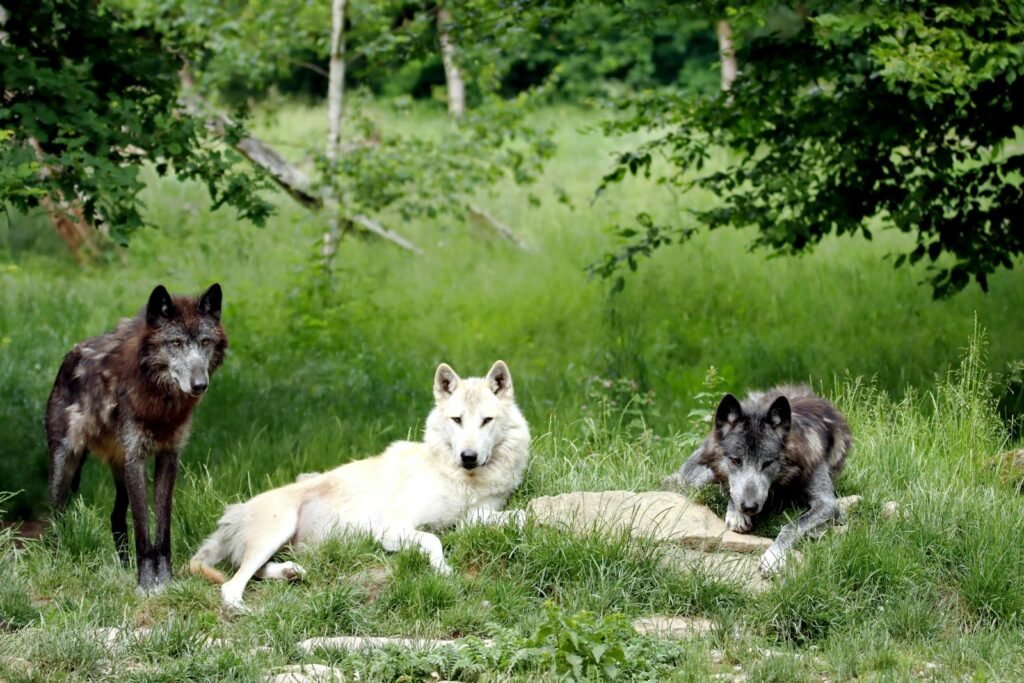High above the rugged cliffs of California, a massive shadow glides silently, wings stretching nearly ten feet wide. This is the California condor—once nearly lost forever, now a living symbol of hope and resilience. But behind their majestic flight lies a story of survival against odds most wild animals will never face. The threat isn’t just from nature; it’s from a hidden enemy woven into the very land they soar over: lead. The battle to keep lead out of the ecosystem is not just a fight to save a species; it’s a fight for the future of wild places themselves.
Majestic Giants of the Sky
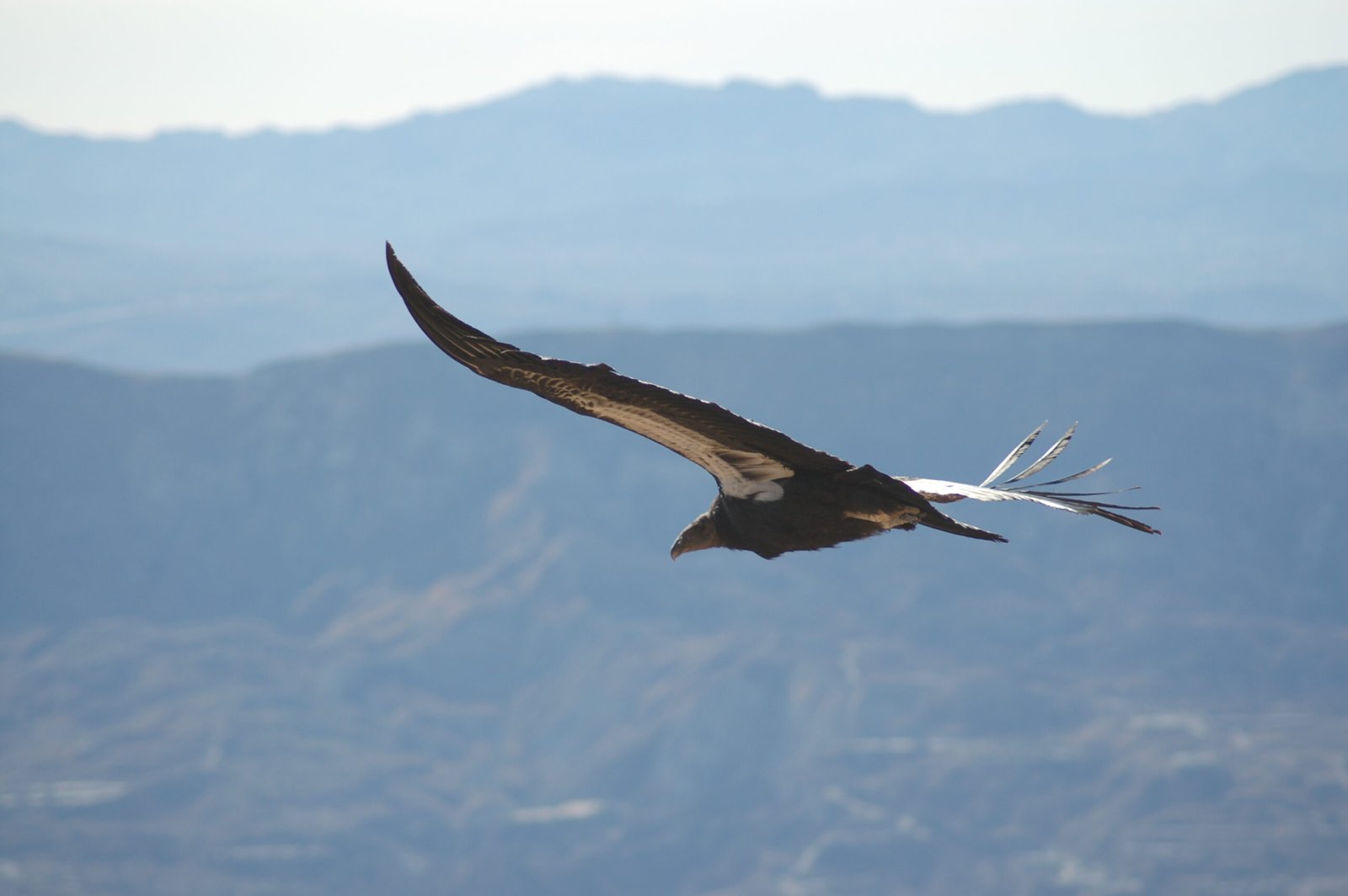
California condors are the largest land birds in North America, with wingspans wider than the average human is tall. Watching one soar overhead is an awe-inspiring experience, like witnessing a living relic of the Ice Age. These birds are scavengers, playing a vital role in cleaning up the environment by feeding on animal carcasses. Their sharp eyesight allows them to spot food from miles away, making them nature’s cleanup crew. Without condors, dead animals would linger longer on the landscape, potentially spreading disease. Their presence is not only breathtaking but essential to the health of the ecosystem. The condor’s story is a stark reminder of how every creature has its own purpose and place.
On the Brink of Extinction
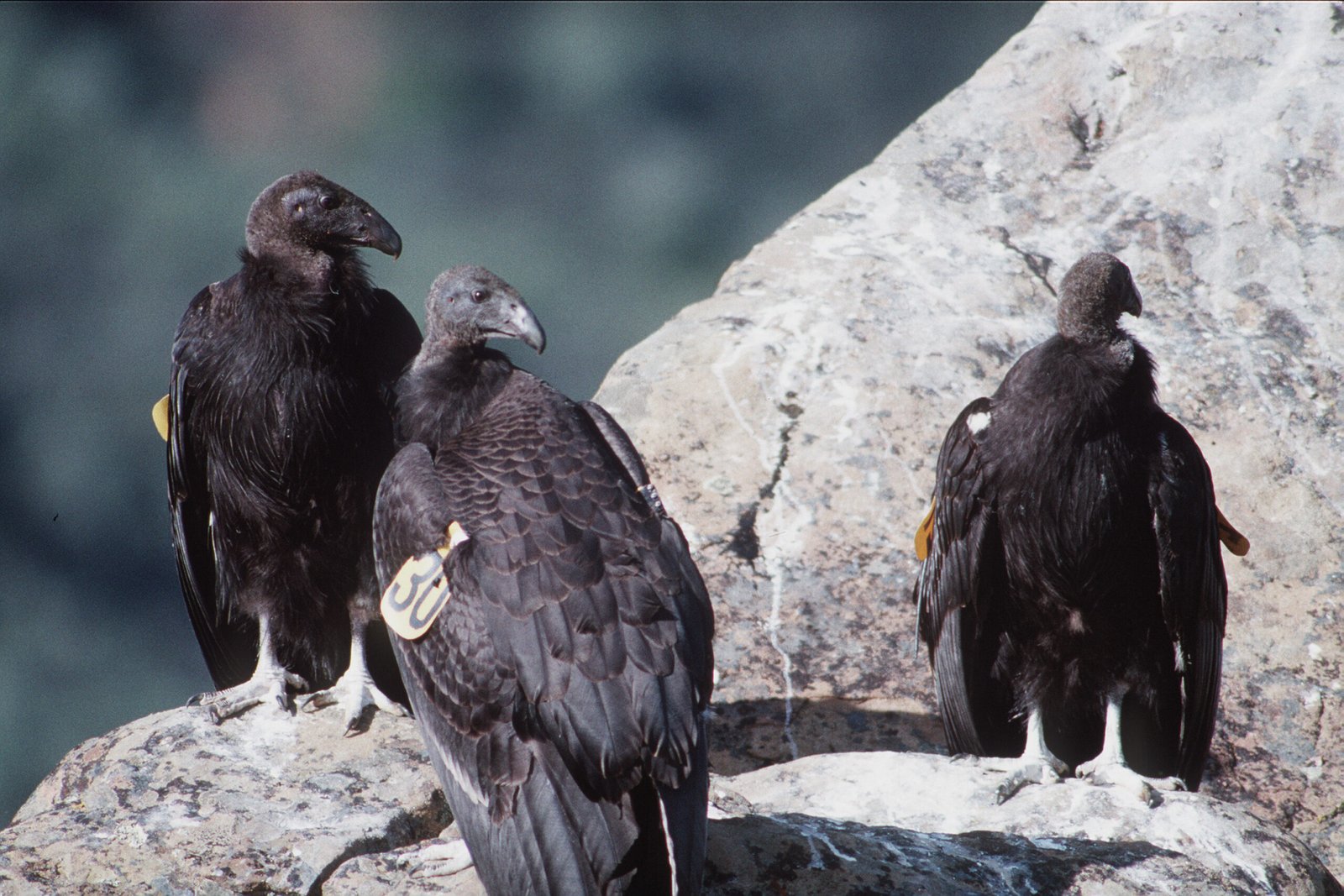
By the 1980s, the California condor was nearly extinct. Fewer than thirty of these magnificent birds remained in the wild. The reasons were many: habitat loss, poisoning, and shooting all played a part. But none was as insidious as lead poisoning. In a desperate gamble to save the species, scientists captured the last wild condors and started a captive breeding program. It was a controversial move that sparked heated debates, but there was no other option left. Slowly, with care and determination, the population began to grow again. Each release back into the wild was a momentous occasion, filled with hope and anxiety.
The Silent Killer: Lead Poisoning
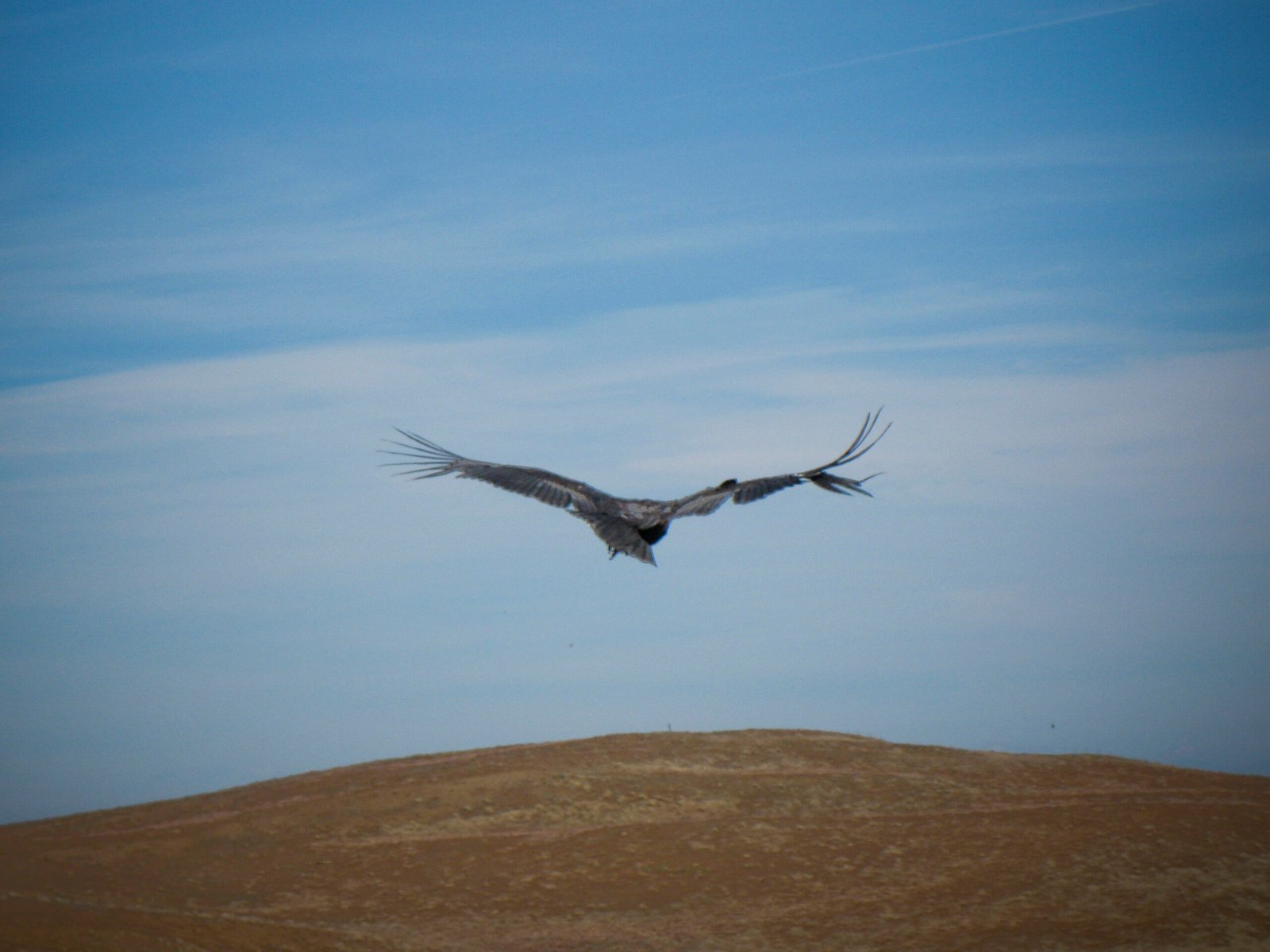
Lead poisoning was, and still is, a lethal threat to condors. When hunters leave behind gut piles or carcasses containing fragments of lead bullets, condors unknowingly ingest the toxic metal. Even tiny amounts can cause catastrophic health problems in these birds. Lead attacks the nervous system, causing weakness, disorientation, and sometimes death. Sick condors may be found staggering on the ground, unable to fly, or suffering from seizures. The tragedy is that this deadly threat is invisible and preventable. Lead acts silently, building up in the bird’s body until it’s too late. It’s a heartbreaking way for such magnificent creatures to suffer.
How Lead Enters the Food Chain
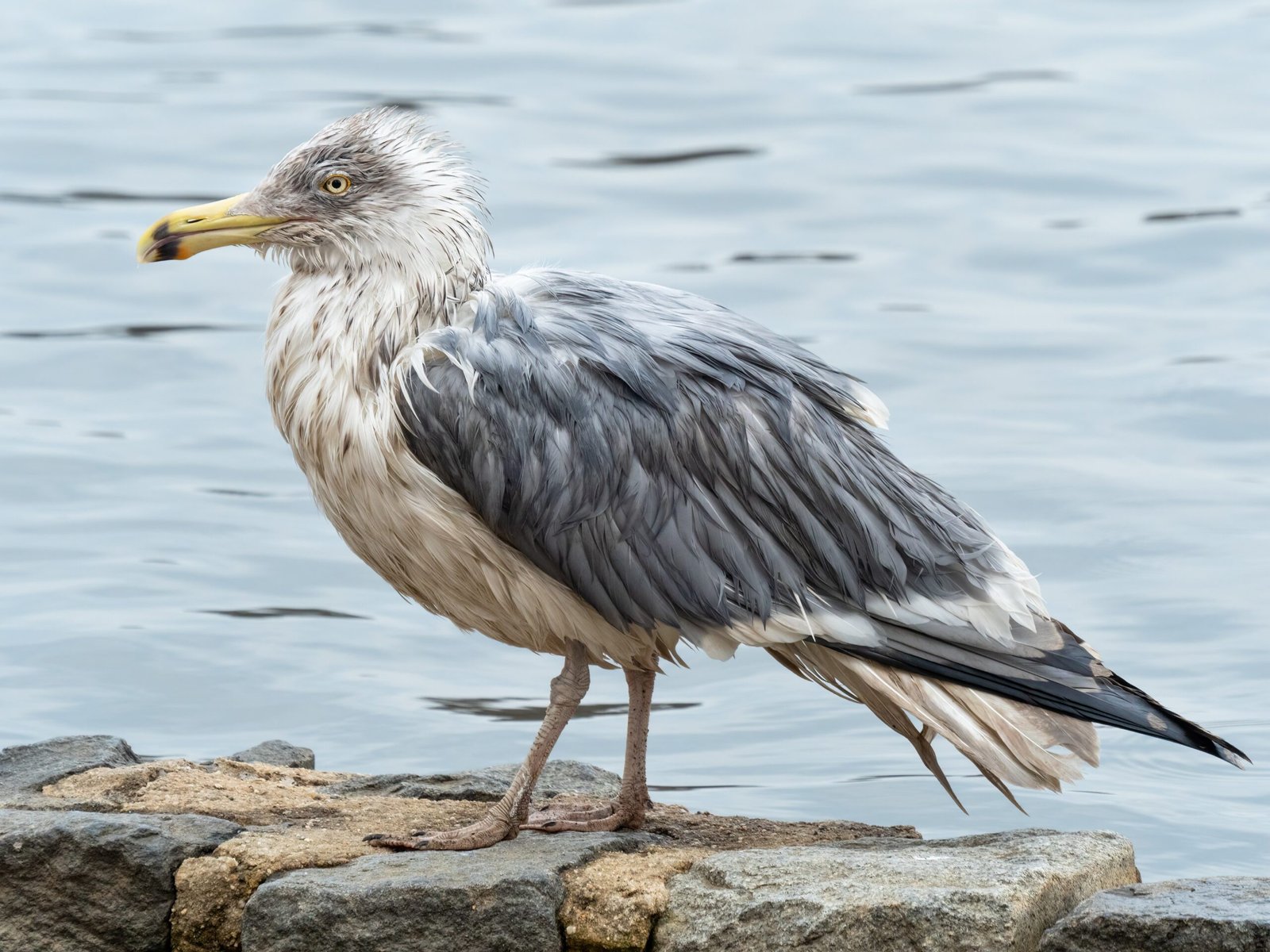
The journey of lead into the wild begins with a single shot. When hunters use traditional lead-based ammunition, the bullets fragment upon impact. These tiny pieces scatter throughout the animal’s body, often ending up in the remains left for scavengers. Condors, vultures, eagles, and other animals feed on these remains, ingesting the toxic fragments without realizing the danger. Lead doesn’t break down in the environment, so even old carcasses can pose a risk. This simple chain reaction—from bullet to carcass to condor—demonstrates how one small choice can have far-reaching consequences. It’s a sobering lesson in the interconnectedness of nature.
Scientific Evidence and Shocking Discoveries
Researchers studying condors have uncovered startling evidence about the impact of lead. Blood tests reveal that many wild condors have dangerously high levels of lead during hunting season. Necropsies, or post-mortem examinations, often find lead fragments in the stomachs of dead condors. Scientists have used X-rays to see how deeply lead can penetrate animal tissues, making it nearly impossible for scavengers to avoid. These findings have been published in scientific journals and presented at international conferences, sparking global concern. The evidence is clear and overwhelming: lead is killing condors, and the problem won’t go away on its own.
The Ripple Effect on Other Wildlife
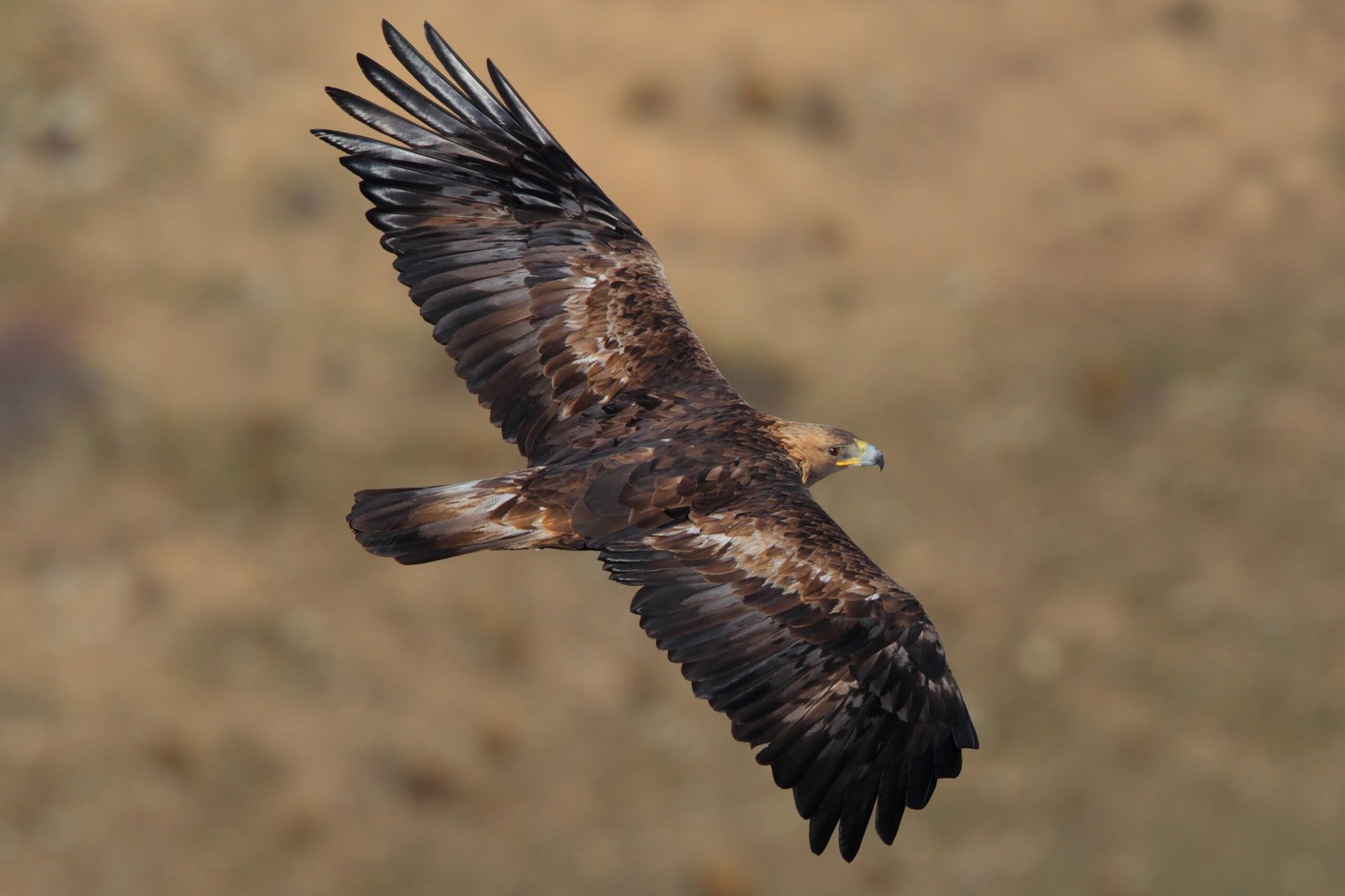
The danger of lead poisoning isn’t limited to condors. Golden eagles, bald eagles, turkey vultures, and even mammals like bears can be affected. Any animal that feeds on carcasses is at risk. Lead can also leach into the soil and water, threatening smaller creatures and plants. This ripple effect spreads the problem far beyond the original source. The entire food web can be disrupted, with consequences that scientists are still working to understand. The condor’s plight is a warning sign for the health of the entire ecosystem. Saving them means protecting countless other species as well.
Efforts to Ban Lead Ammunition
In response to the mounting evidence, California took bold action. The state gradually implemented restrictions on lead ammunition for hunting, culminating in a complete ban in 2019. This was a monumental victory for wildlife advocates and a testament to the power of science-driven policy. The ban was designed to protect not just condors, but all creatures that might encounter lead in the wild. Other states and countries have watched California’s experiment closely, considering similar measures. Still, resistance remains. Some hunters worry about cost, performance, or tradition. The path forward is challenging, but the stakes could not be higher.
Innovative Solutions and Outreach
Wildlife organizations and government agencies have worked tirelessly to support the transition to non-lead ammunition. They’ve distributed free or discounted alternative bullets to hunters and hosted workshops to demonstrate how they work. Outreach campaigns aim to educate the public about the dangers of lead, dispelling myths and offering practical advice. Some programs use radio tags to monitor condors and quickly intervene when a bird shows signs of poisoning. Others focus on building bridges with hunting communities, recognizing that change is easier when everyone is involved. These efforts show that solutions are within reach when people come together.
Condor Conservation Success Stories
Despite the odds, there have been many inspiring victories in the fight to save the California condor. Today, the population has grown from a mere handful to hundreds living in the wild. Each chick hatched is celebrated as a triumph over extinction. Some condors have even begun nesting in areas where they hadn’t been seen in generations, signaling true progress and hope. Dedicated biologists track and care for these birds, sometimes risking their own safety to rescue poisoned individuals. These successes are a testament to human determination and the resilience of nature.
The Role of Science in Shaping Policy

Scientific research has played a crucial role in guiding decisions about lead and wildlife. Biologists, veterinarians, and ecologists have provided lawmakers with the data needed to create effective regulations. Studies tracking the decline in lead poisoning after ammunition bans have helped prove that policy changes truly make a difference. Science has also inspired new technologies, like lead-free bullets that perform just as well as traditional ones. The condor’s story is proof that when science and policy work hand in hand, real change is possible.
The Ongoing Battle and the Road Ahead
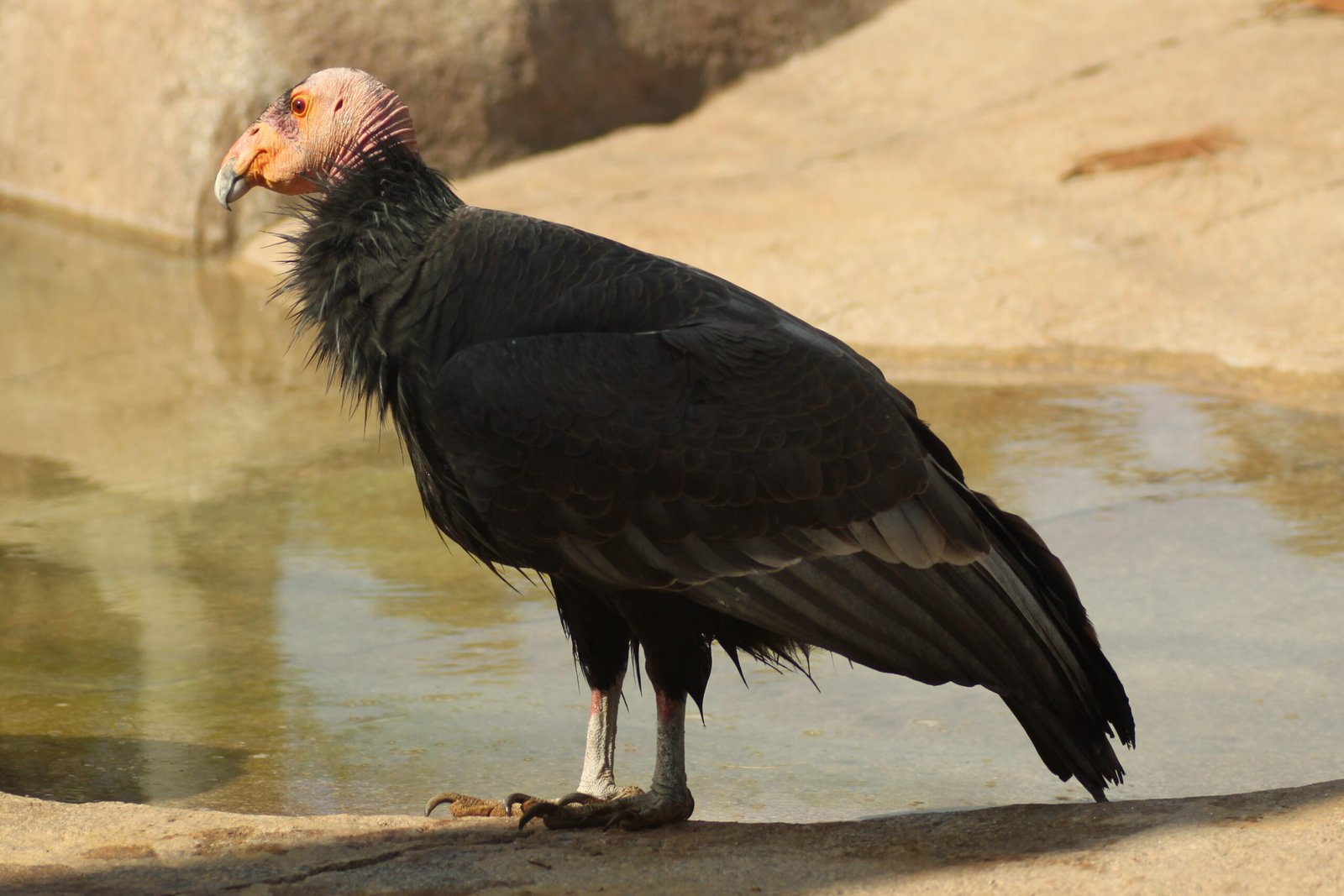
The fight isn’t over. Lead still lingers in the landscape, and challenges remain in getting everyone to switch to safer alternatives. Condor populations, while growing, remain fragile and depend on continued vigilance. Conservationists must remain watchful, always ready to adapt to new threats or setbacks. The story of the California condor is a powerful reminder that conservation is a journey, not a destination. It calls on all of us—scientists, hunters, lawmakers, and everyday citizens—to play our part in protecting wild places for generations to come.
The fate of the California condor is tied to the choices we make today about how we treat our planet and its most vulnerable inhabitants. Every bullet, every carcass, every law passed or ignored becomes part of this unfolding story. Will we rise to the challenge and keep lead out of the ecosystem for good?


